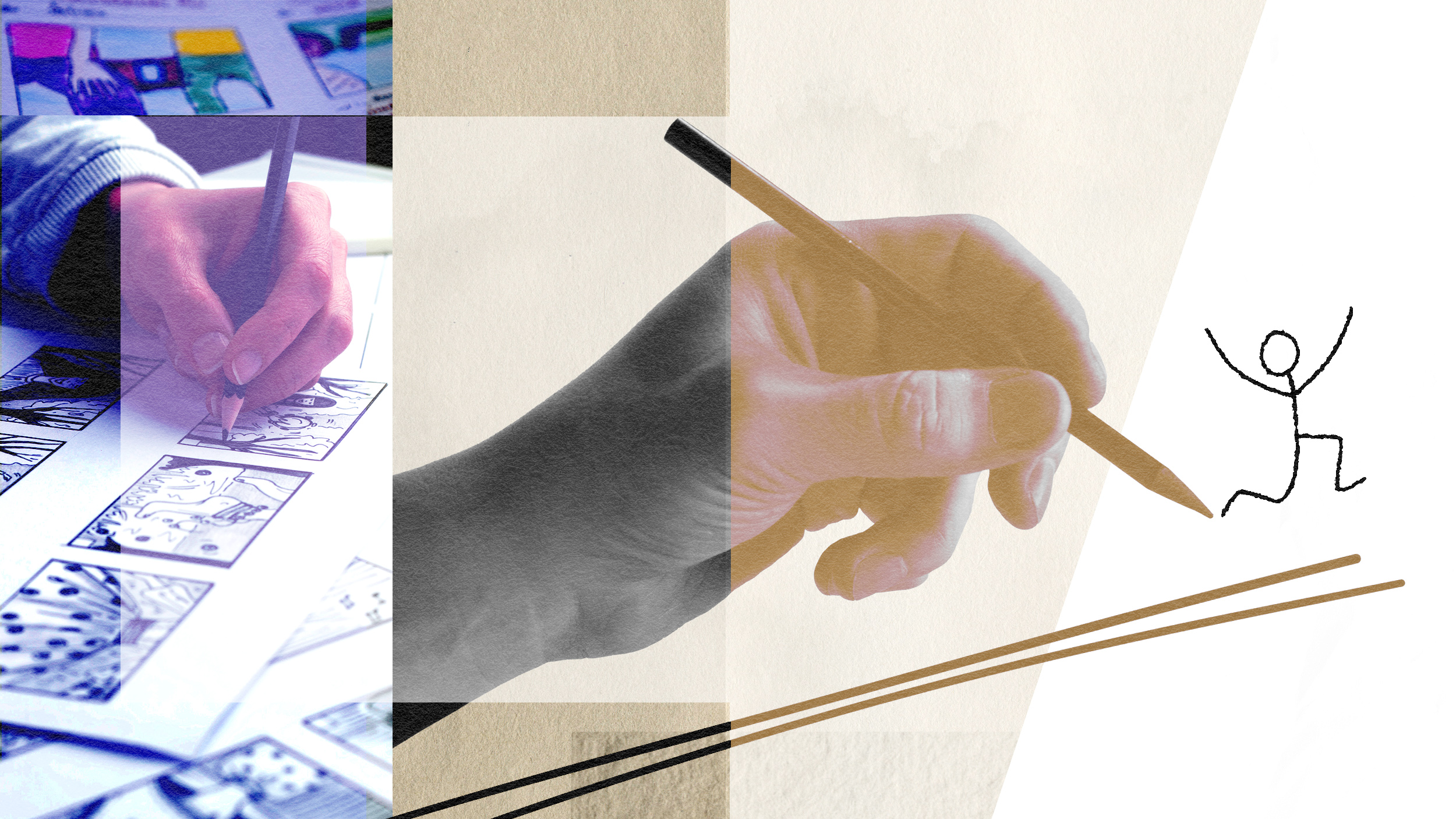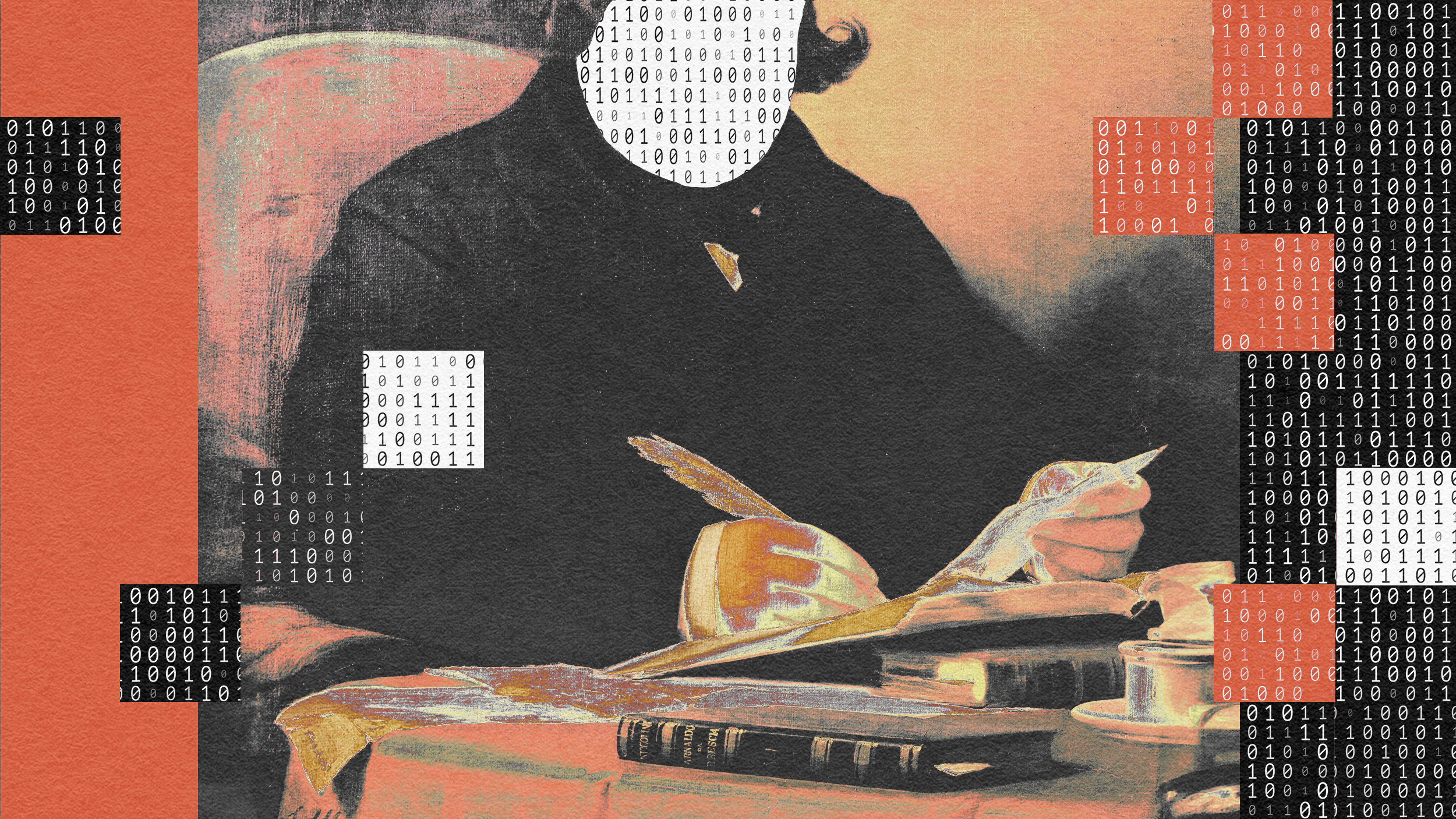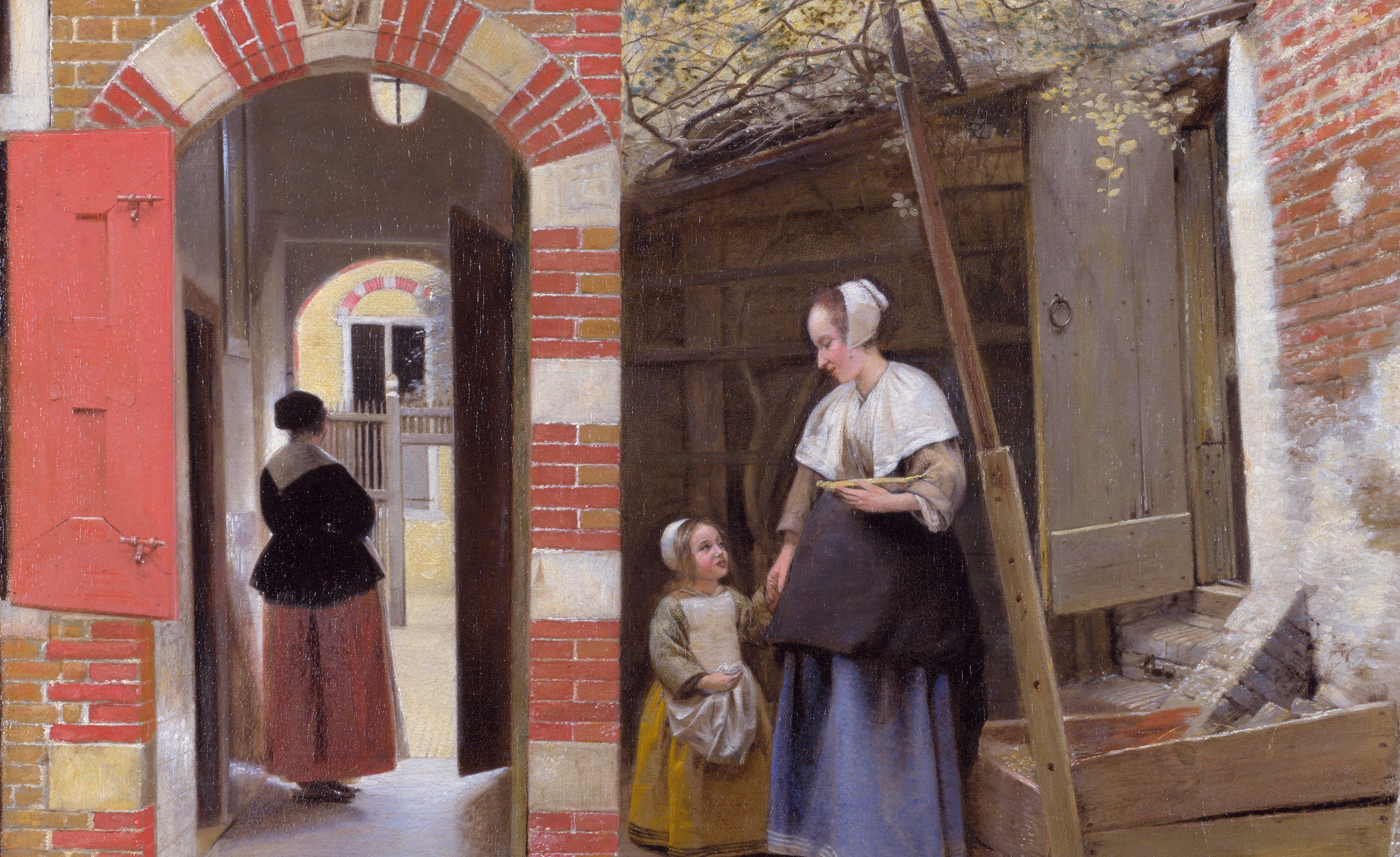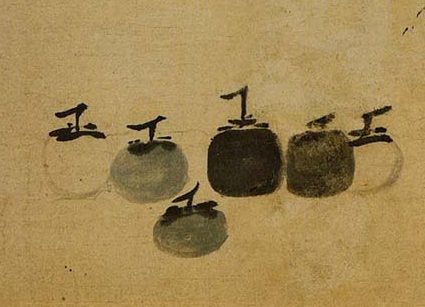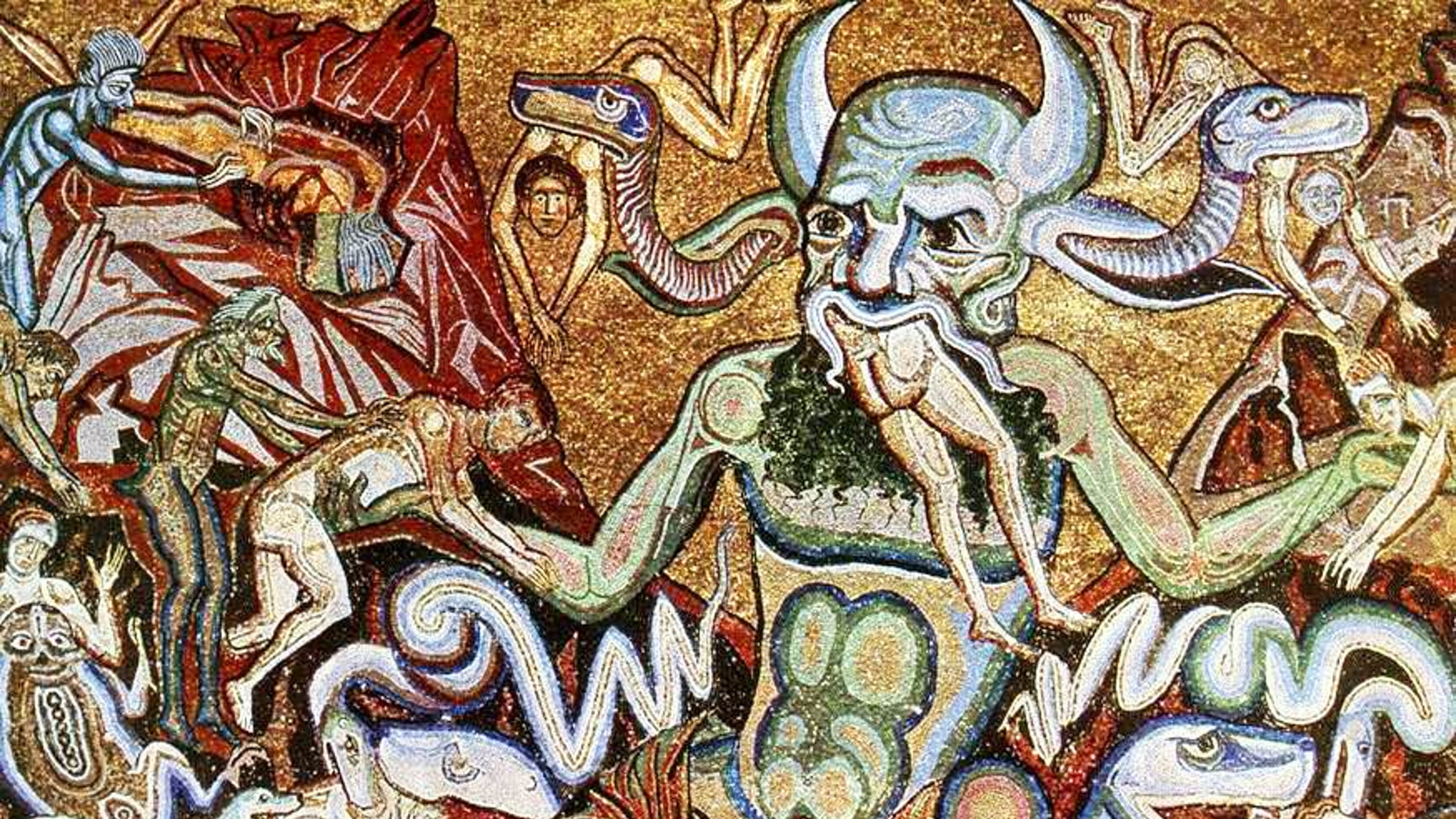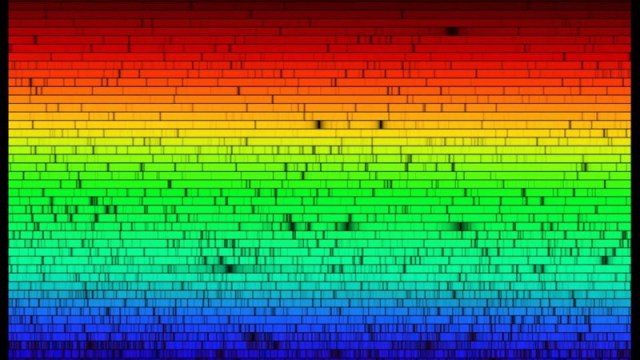This Toy Develops STEM Skills and Hands-On Thinking—Especially in Young Girls

Gender disparity in the STEM fields (science, technology, engineering and mathematics) continues to be a serious problem. The reasons are complex—from lack of children’s stories that feature women scientists, lack of female role models and STEM toys for girls, to persisting biases and stereotypes in schools and universities, and lack of mentorship and flexibility at the workplace. According to the 2016 Science and Engineering Indicators report of the National Science Foundation, women account for only 25 percent of the employment base in the computer and mathematical sciences field and 15 percent of the engineering workforce.
To light the engineering spark in young girls, MIT professors Maria Yang and Tony Hu have co-founded Brainy Yak Labs, a company with the mission to get kids excited about STEM through creative play. Their first product (which just finished a successful Kickstarter campaign) is a dance party lamp kit called Jubilite, which kids get to build and decorate themselves.

While there are plenty of robot kits, drones, and programmable cars out there, nearly all of them are targeted to boys. A toy or a project needs to capture a child’s attention first, before he or she can learn from it. That is why the MIT duo has decided to start with arts and crafts which is something that many girls and boys love.
In the process of building the lamp, children learn how to use tools to assemble the plastic housing, secure the PCBs (printed circuit boards), and insert the switches. While connecting the electronic modules together, they learn about each component and its function. The instruction booklet also teaches important vocabulary like microcontroller, PCB, RGB, LED, as well as the principles behind electronics and mixing colors with light. After assembling the lamp, kids get to make it their own by decorating it with stickers, markers and sequins.
Having tested the lamp with hundreds of children, Yang says that both girls and boys love it. Kids are excited about creating a beautiful object they can use and they express pride at accomplishing a task that might seem a bit challenging at first. Girls, in particular, share that building the lamp makes them feel confident, like they “can do anything.”
Robin Avant, assistant professor of biology and molecular biology at Housatonic Community College is an advocate of combining art classes with STEM studies, part of a growing movement advocating STEAM—science, technology, engineering, art and math. In an interview for Westfair Online she says:
“Look at engineering and architecture—all blueprints and models that are used in these careers are made from art. Instead of leaving art out, an ideal individual student would be well-grounded and well-rounded in all disciplines. They would see there are connections and that they are not separate disciplines.”
The Jubilite lamp kit does a great job of combining art and science, nurturing creativity, logical thought, and confidence in the coming generation of innovators.
